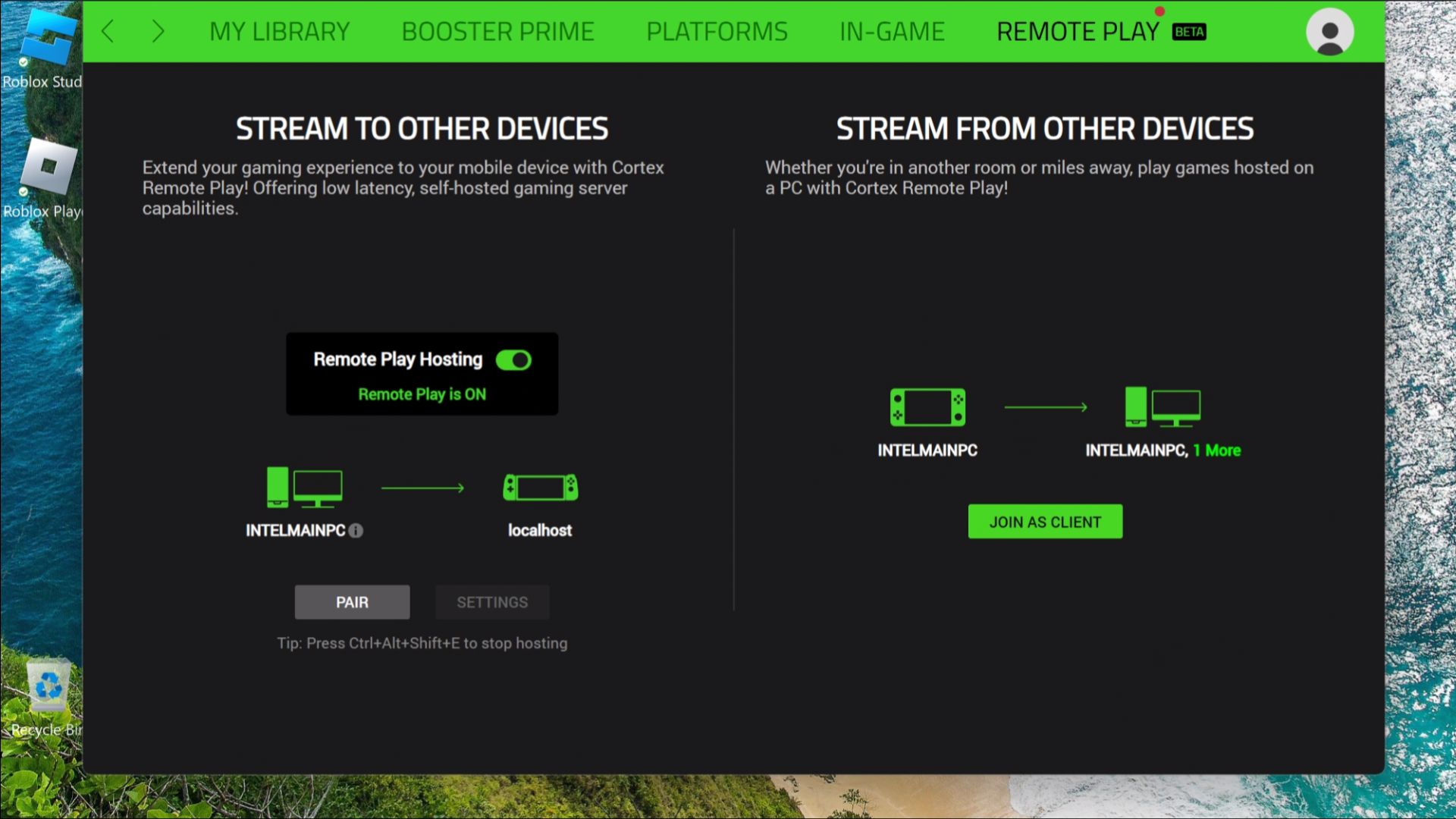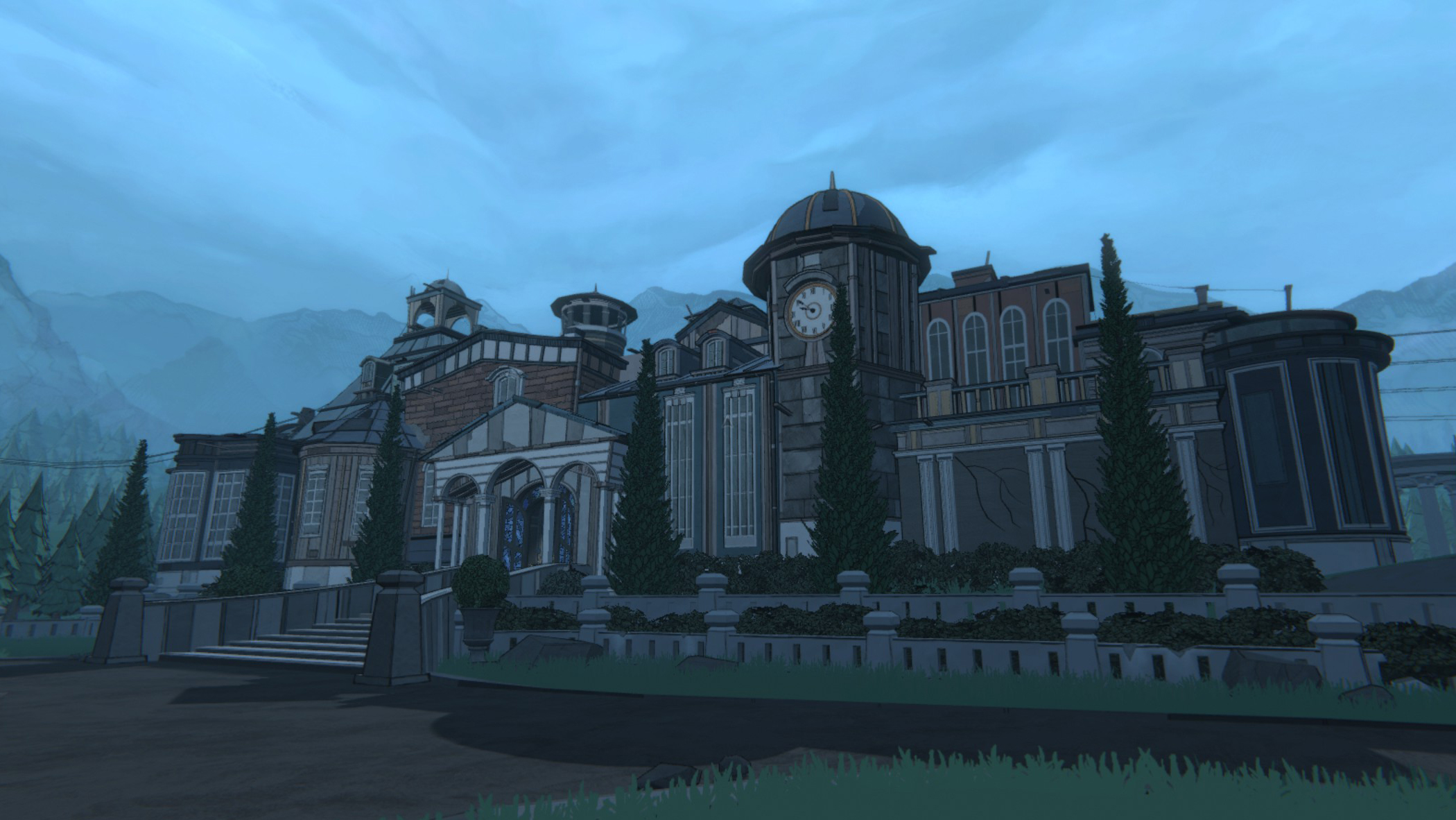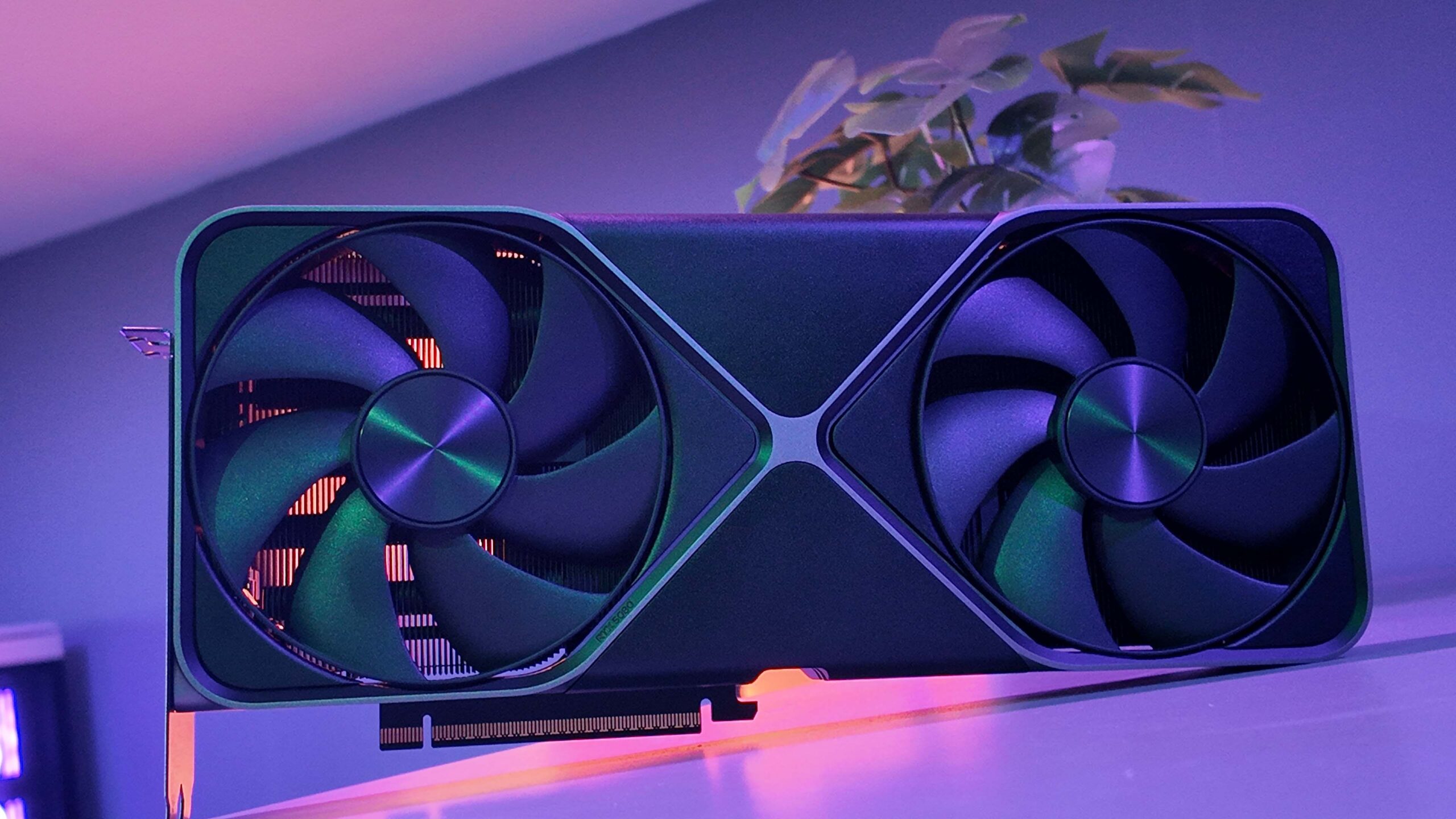The last few months have seen some incredibly low prices on memory and storage products, particularly SSDs. That’s great for consumers but not so for manufacturers, who have been struggling to turn a profit. That looks set to flip. The prices of DRAM and NAND chips are on the rise, and that means the bargain bonanza is likely coming to an end.
According to a report from Digitimes (via Tom’s Hardware), manufacturers have been cutting back on production in an effort to clear excess inventories and increase profitability. That means memory spot prices are increasing and in time, these costs will be passed onto consumers.
The price of NAND flash memory in particular has dramatically risen. DRAMeXchange tracks chip prices, and according to its data, the price of 512GB TLC NAND has nearly doubled over the last six months from around $1.30 to as high as $2.75 during the last trading session. Digitimes predicts this price to rise further into the $3.20 to $3.60 range, and even then, it refers to these prices as a breakeven price. Ouch. The days of 1TB SSDs for under $50 are surely coming to an end. For now at least.
It’s time to put my economics hat on. These production cuts are not unexpected. Global PC demand has been down ever since the pandemic work-from-home boom ended, and then there’s the economic slowdown in China. Lower demand means lower prices and lower profits, and given the struggles of companies like Samsung and Micron, production cuts were always likely. These cuts are having their desired effect.
It’s not a stretch to assume there might be shortages in 2024. Assuming PC demand picks up, then relatively low production levels will increase spot prices further. New waves of PC, smartphone and enterprise products will drive demand, and if production remains restricted… Well that’ll be good for manufacturers, but consumers will end up paying more.
So, if you’ve been contemplating buying a new SSD or memory kit but didn’t get around to it over the Black Friday weekend, you might want to give some thought to grabbing one sooner rather than later. There are still some bargains to be had. Sadly for consumers, these deals are unlikely to be bettered in 2024.











